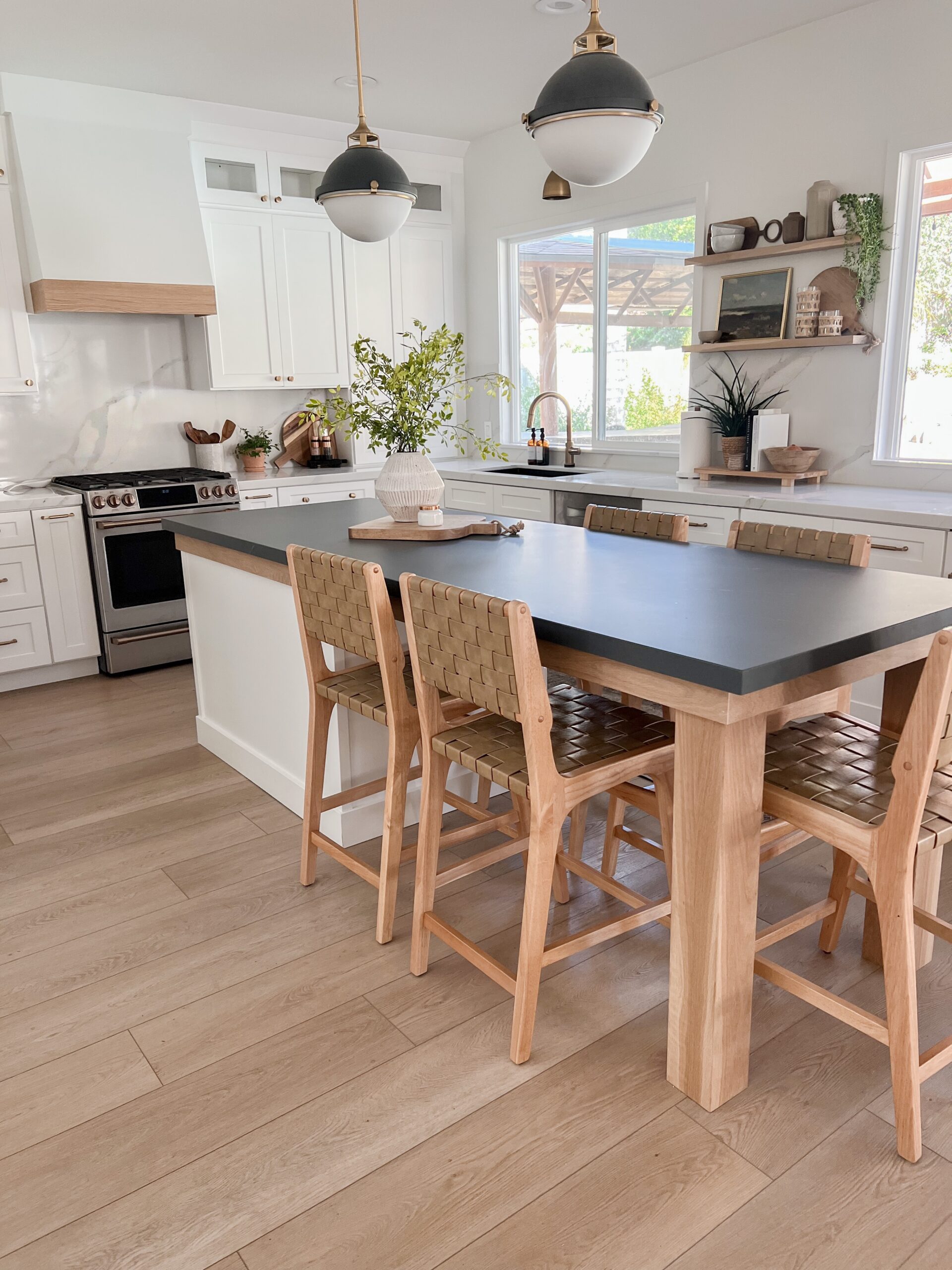Take Full Advantage Of Convenience with Adjustable Legs For Kitchen Island Features
Take Full Advantage Of Convenience with Adjustable Legs For Kitchen Island Features
Blog Article
Vital Elements to Think About When Selecting Legs For Kitchen Island
Selecting the proper legs for a kitchen island entails a careful analysis of multiple aspects that can considerably affect both functionality and visual appeal. As we check out these components, it ends up being clear that each choice can have far-reaching effects for the overall kitchen area experience.
Product Options
When selecting legs for a kitchen area island, understanding the different product choices is essential for attaining both visual appeal and structural stability (Legs For Kitchen Island). The option of product dramatically affects not only the toughness of the island however additionally its total design and capability
Wood is a prominent selection, offering warmth and adaptability. Strong hardwoods, such as oak or maple, offer stamina and can be tarnished or repainted to match the kitchen design. Metal legs, commonly made from stainless-steel or functioned iron, contribute a industrial and contemporary feeling while making certain durability and stability. These materials are resistant to use and can support considerable weight, making them suitable for bigger islands.
Another alternative is crafted products, like MDF or plywood, which can be a lot more economical while still using a variety of finishes. Nevertheless, they may not offer the same level of security as strong wood or metal. Materials such as acrylic or glass can create a modern look, though they may call for extra support to make certain security.
Eventually, the selection of product for kitchen area island legs should straighten with the preferred functionality and the total style of the kitchen.
Design And Style

When thinking about design, the form and surface of the legs are essential. Conical legs can give a feeling of agility and elegance, while thicker, more robust legs can convey strength and stability. Additionally, the finish-- be it painted, stained, or all-natural-- should complement the cabinetry and kitchen counter products to develop a unified appearance.
In addition, the layout of the legs can likewise show personal taste. Custom or decorative legs, such as those including detailed makings or special geometric shapes, can work as centerpieces, including personality and character to the kitchen area. Ultimately, the right choice will certainly not just enhance functionality yet additionally raise the aesthetic allure, making the cooking area island a standout function of the home.
Height Factors To Consider
Picking visit here the suitable elevation for kitchen area island legs is critical, as it directly influences both functionality and convenience. The basic elevation for a kitchen island normally varies from 36 to 42 inches, lining up with usual countertop heights.

It is also important to make up individuals' heights and choices. Tailoring the height can ensure a comfy experience for all family members, making the cooking area island a more functional and delightful area.
Weight Support
Making sure sufficient weight assistance for kitchen area island legs is vital for both safety and security and functionality. The cooking area island typically serves several purposes, consisting of food preparation, dining, and added storage, demanding a robust assistance structure. When choosing legs, it is crucial to take into consideration the overall weight capability required based on the island's planned use and the products that will certainly be positioned on it.
The selection of material for the legs plays a considerable duty in their weight-bearing capabilities. Strong timber, metal, and durable compounds normally offer premium strength contrasted to lighter products. Additionally, the style of the legs-- whether they are right, tapered, or have a pedestal form-- can influence their capability to disperse weight effectively across the framework.
In addition, the leg placement ought see this to be tactically intended to enhance stability. Legs positioned at the edges or with a bigger base can much better support heavier tons. Constantly get in touch with the manufacturer's specifications concerning tons restrictions to make certain that the legs can sustain the intended weight without compromising security. In summary, choosing kitchen area island legs with appropriate weight assistance is crucial for developing a functional and safe culinary space.
Installation and Maintenance
Correct setup and maintenance of kitchen area island legs are vital for ensuring long life and stability. This usually includes safeguarding the legs to the island base utilizing appropriate bolts, ensuring that the legs are degree and aligned.
When installed, routine upkeep is required to maintain the integrity and look of the legs - Legs For Kitchen Island. For wooden legs, regular cleansing with a damp towel and application of suitable wood gloss can prevent wetness damages and preserve their coating. Steel legs may need a mild cleaning option to get rid of grease and gunk, adhered to by a dry fabric to protect against rust development
In addition, inspect the legs frequently for indicators of wear or damages, such as splits or loosened joints. Tightening screws or bolts as needed can also prolong the life expectancy of the legs. By sticking to these setup and upkeep techniques, home owners can make certain that their kitchen island remains sturdy and visually appealing for years to come.
Conclusion

Aesthetic coherence is vital in picking the style and design of legs for a these details kitchen area island, as these components substantially influence the overall atmosphere of the area. Conical legs can give a sense of lightness and beauty, while thicker, a lot more durable legs can share toughness and security.Choosing the suitable height for kitchen area island legs is important, as it directly affects both performance and comfort. In recap, choosing cooking area island legs with sufficient weight support is necessary for developing a useful and secure cooking room.
In verdict, picking legs for a cooking area island demands cautious factor to consider of different aspects, including material options, style, elevation, weight assistance, and setup.
Report this page